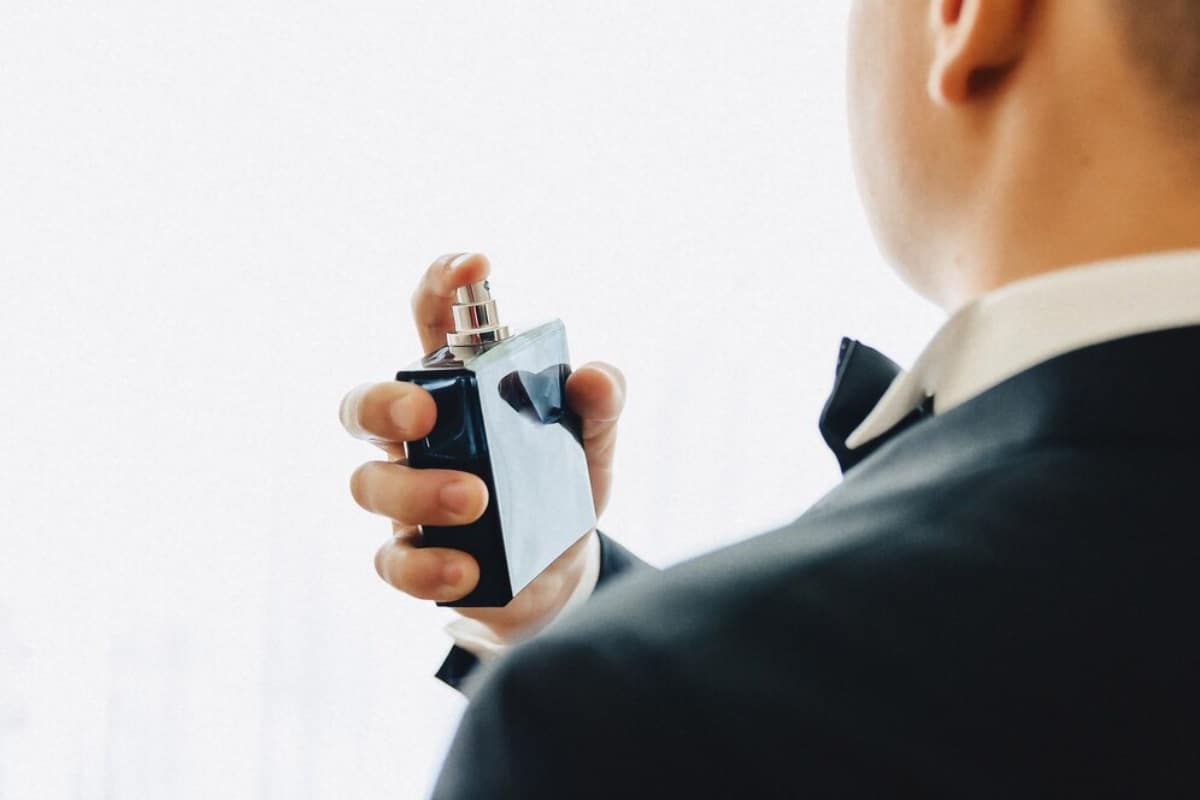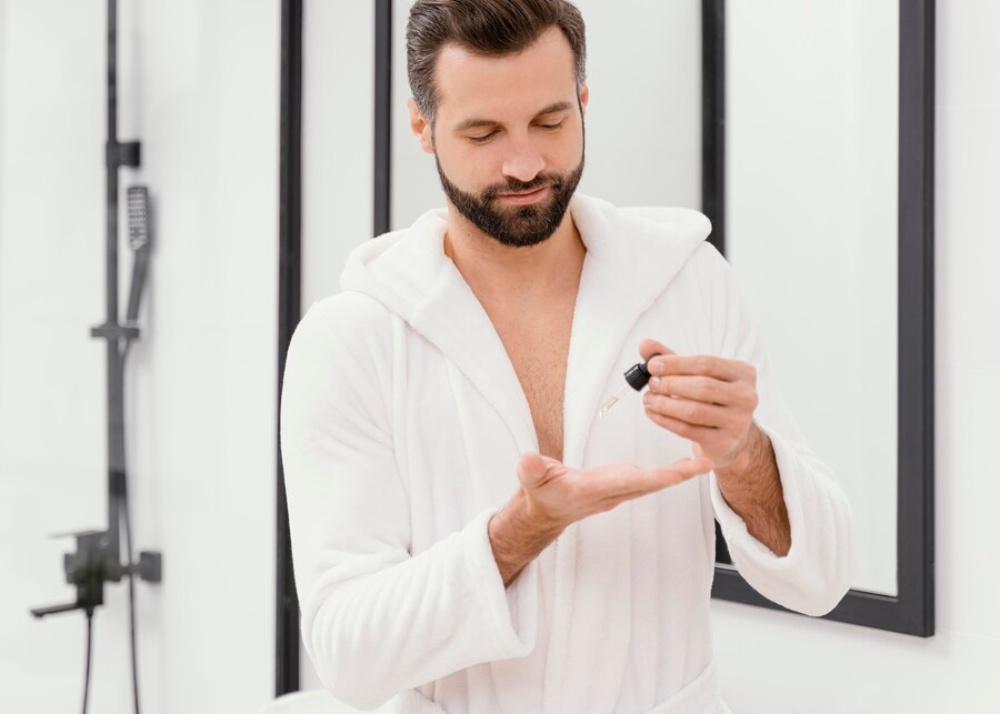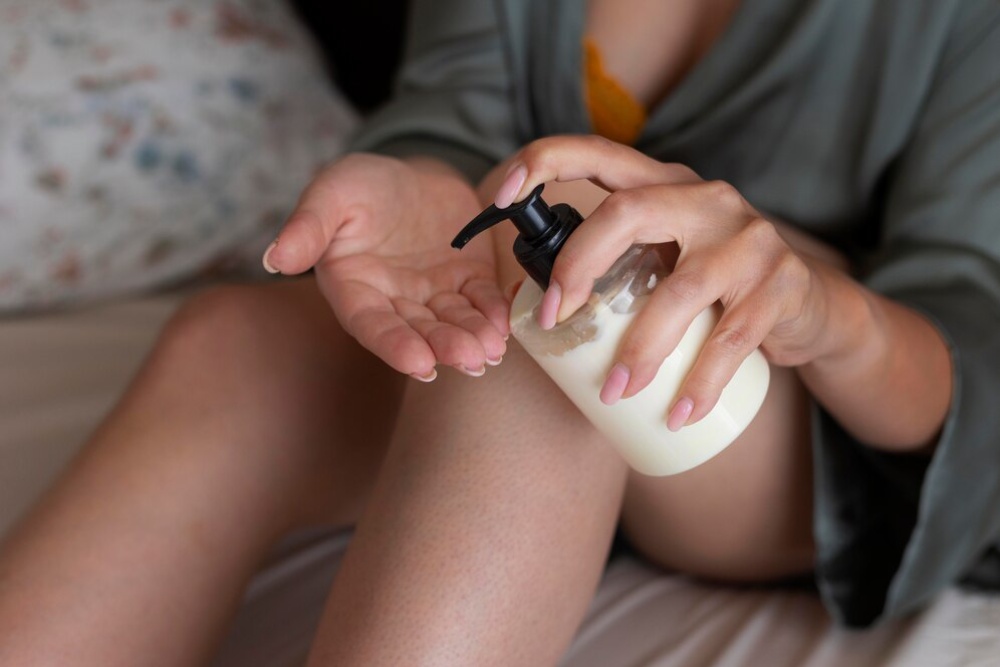
How to Layer Perfumes Like a Pro for a Unique Signature Scent
Creating a unique signature scent is one of the most powerful ways to leave a lasting impression. Luxury perfumes shine on their own, but perfume layering lets you craft a unique scent that’s all yours. Layering perfumes lets you enhance notes or mix scents. This way, you can create a unique and memorable fragrance. This guide shows you how to layer fragrances like a pro. You’ll learn tips and techniques to create a unique signature scent.
The Art of Perfume Layering
What is Perfume Layering?
Perfume layering means mixing different scents. This creates a unique fragrance that shows who you are. Pair complementary perfumes to boost certain notes. This creates a richer, more complex scent. This method is loved by both fragrance fans and professionals. It’s versatile and allows for creativity.
Why Layer Perfumes?
Layering perfumes allows you to craft a unique fragrance that expresses your individuality. It also helps you enjoy your fragrance collection more. You can mix different scents based on the season, occasion, or your mood. Layering can make a scent last longer. It can also bring out notes that a single fragrance may miss.
How to Layer Perfumes Like a Professional
Start with a Base Scent
The foundation of any successful perfume layering is a solid base scent. This fragrance should be one you love wearing alone. It also acts as the base for your layered scent. Base notes tend to be heavier and more complex, such as vanilla, sandalwood, amber, or musk. These scents last longer and help anchor the lighter, more fleeting top notes.
Tip: Choose a base fragrance that has good staying power to ensure your layered perfume lasts throughout the day. Popular base fragrances include Creed Aventus, featuring musk and ambergris, and Tom Ford Oud Wood, recognised for sandalwood and spices.
Add Complementary Middle Notes
Next, select a fragrance with middle or heart notes to add depth and balance to your base scent. Heart notes like rose, jasmine, ylang-ylang, and lavender stand out the most after the perfume settles. You’ll notice these scents once the initial spritz fades. These notes shape the fragrance’s overall feel. They connect the heavier base notes with the lighter top notes.
Tip: Aim for complementary middle notes that harmonise with your base scent. For example, a floral fragrance like Chanel No. 5 can add elegance to a woody base like Creed Aventus.
Top Off with a Bright Top Note
Top notes are the first impression of a perfume and are often fresh, citrusy, or fruity. They provide an immediate burst of fragrance but evaporate quickly. When layering, it’s essential to choose a top note that complements the richness of the base and middle notes. Popular top notes include bergamot, grapefruit, lemon, or pear. These light, refreshing elements can add an uplifting quality to your layered fragrance.
Tip: For a light and fresh finish, you might consider combining a citrusy top note with a floral middle note and a woody base. Jo Malone Lime Basil & Mandarin offers a bright citrus top. Pair it with the rose notes in Creed Fleurissimo. Add a sandalwood base for extra depth.
Experiment with Contrasting Scents
Many fragrance experts suggest pairing complementary scents. Don’t be afraid to experiment with contrasting perfumes. Combining sweet, floral notes with spicy or woody scents can create surprising and interesting results. Combining the warm, spicy scent of Tom Ford Tobacco Vanille with a fresh citrus fragrance creates a great balance. You get comforting sweetness paired with bright freshness.
Tip: Contrast works best when the fragrances are balanced. Neither overpowers the other. Begin with a strong fragrance. Then, add lighter scents. This way, you won’t overwhelm your senses.
Perfume Layering Techniques
Spray and Layer
One of the easiest ways to layer perfumes is to spray each scent directly onto your skin. Start by applying your base fragrance to your pulse points (such as your wrists, neck, and behind the ears). Then, layer your middle and top fragrances in the same manner, either over the base or in a different area. This technique allows each layer to meld together naturally.
Tip: Avoid applying too much of each fragrance. Start with a light spritz and build up as needed to find the perfect balance.
Fragrance Mixing on the Palm

Another technique is to mix the fragrances on your palm before applying them. Spray a small amount of your base, middle, and top fragrances onto your hand and rub your palms together. Then, gently dab the mixture on your pulse points. This method helps the scents blend more thoroughly before applying to the skin.
Tip: This technique works well if you want a more integrated and even scent profile. It ensures the fragrances are fully blended before touching your skin.
Layering with Scented Oils
If you’re looking for a more subtle and long-lasting layered scent, consider using scented oils or fragrance creams as a base. These products are more concentrated and often have a smoother, longer-lasting effect on the skin. Apply your base oil or cream first, then layer your fragrance over it for added depth and moisture.
Tip: Scented oils like Le Labo Santal 33 work well as a base layer, creating a rich, lasting foundation for other perfumes to settle into.
Tips for Layering Perfumes Like a Pro
Don’t Overdo It
Layering perfumes is all about balance. Too many fragrances can create a muddled or overpowering scent. Start with just two or three perfumes and experiment with different combinations until you find a harmonious blend.
Use Fragrance-Free Products

To avoid interfering with the scent of your perfumes, use fragrance-free body lotions, soaps, and deodorants. These products won’t compete with your layered fragrances and will allow the scents to shine through.
Know Your Fragrance Families
Understanding fragrance families can help you pair perfumes more effectively. For instance, woody and amber notes blend well with spicy and floral notes. Citrus scents are often paired with herbaceous or green fragrances.
Popular Perfume Combinations to Try
Warm and Spicy Combination
- Base: Guerlain Shalimar (vanilla, tonka bean) Middle: Yves Saint Laurent Black Opium (coffee, jasmine)
- Top: Jo Malone Lime Basil & Mandarin (lime, basil)
- This combination blends warm vanilla and tonka bean with an energetic citrus twist for a unique and bold fragrance.
Floral and Fruity Combination
- Base: Chloé Eau de Parfum (rose, amber) Middle: Diptyque Do Son (tuberose, orange blossom)
- Top: Hermès Eau de Mandarine Ambrée (mandarin, orange)
- For a fresh yet complex floral-fruity fragrance, this layering combination offers an elegant and vibrant mix.
Creating Your Signature Scent Through Perfume Layering

Perfume layering is an art that allows you to create a personalised signature scent that reflects your style and personality. Choose fragrances that complement or contrast each other. This can boost your scent game and open up endless possibilities. Remember, the key to successful perfume layering lies in balance. With a bit of practice, you’ll soon master the technique of crafting a unique fragrance that is truly your own.


